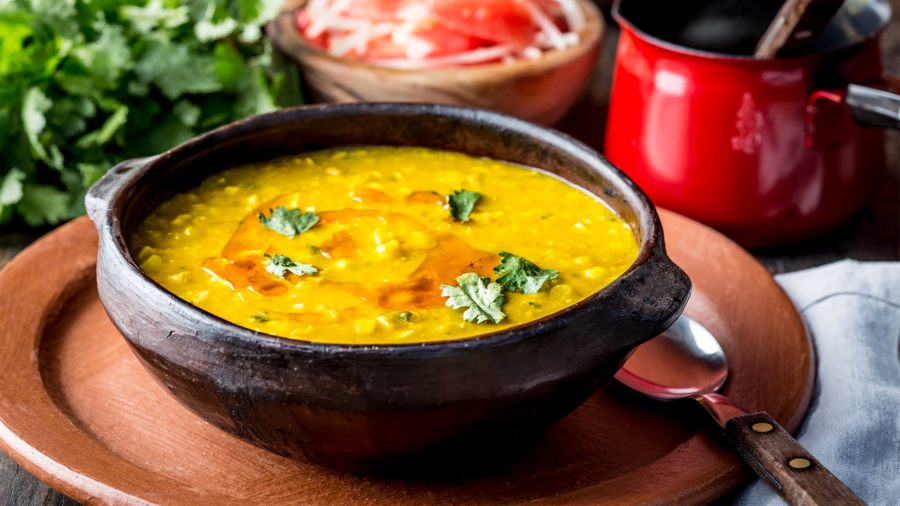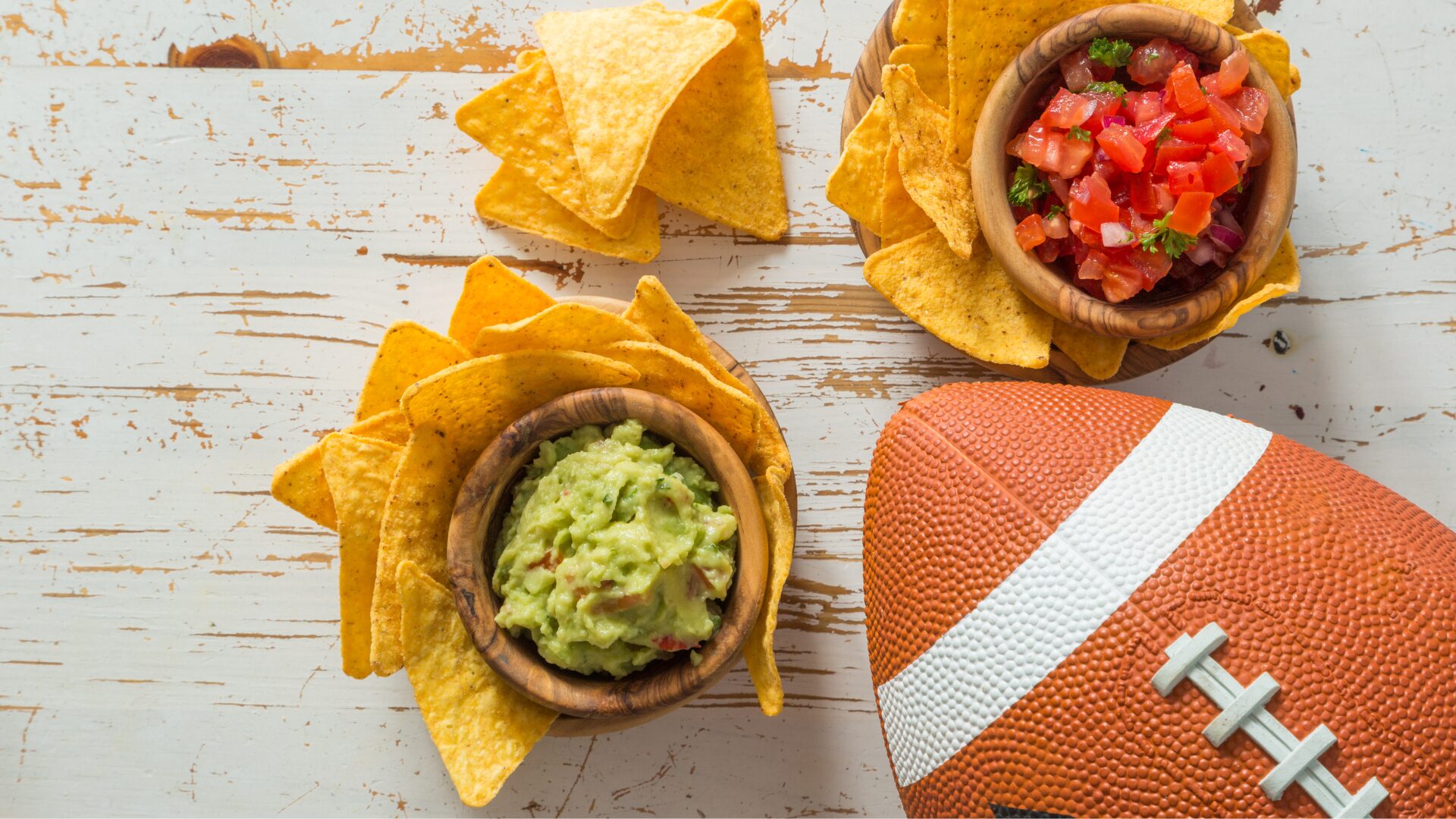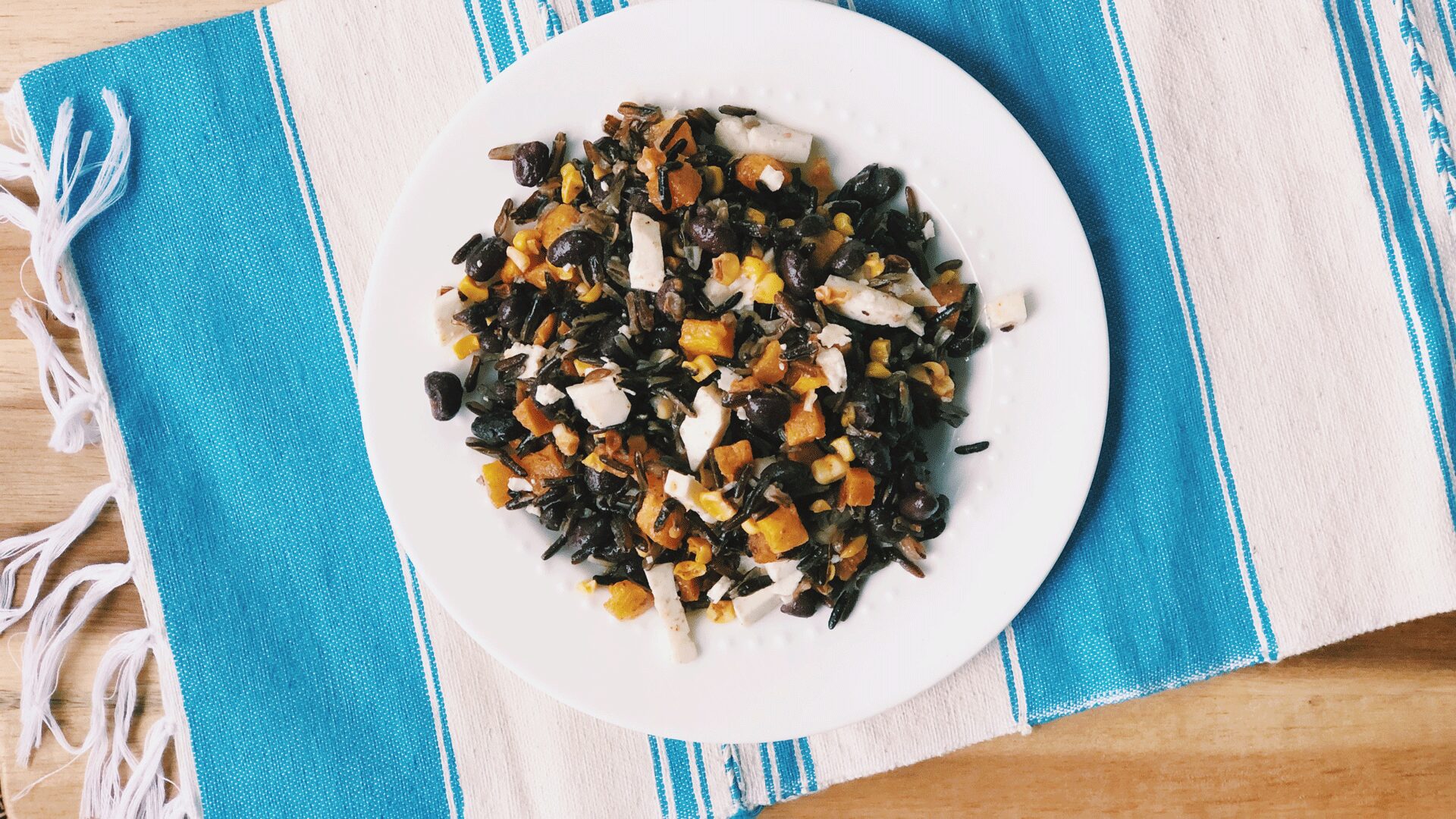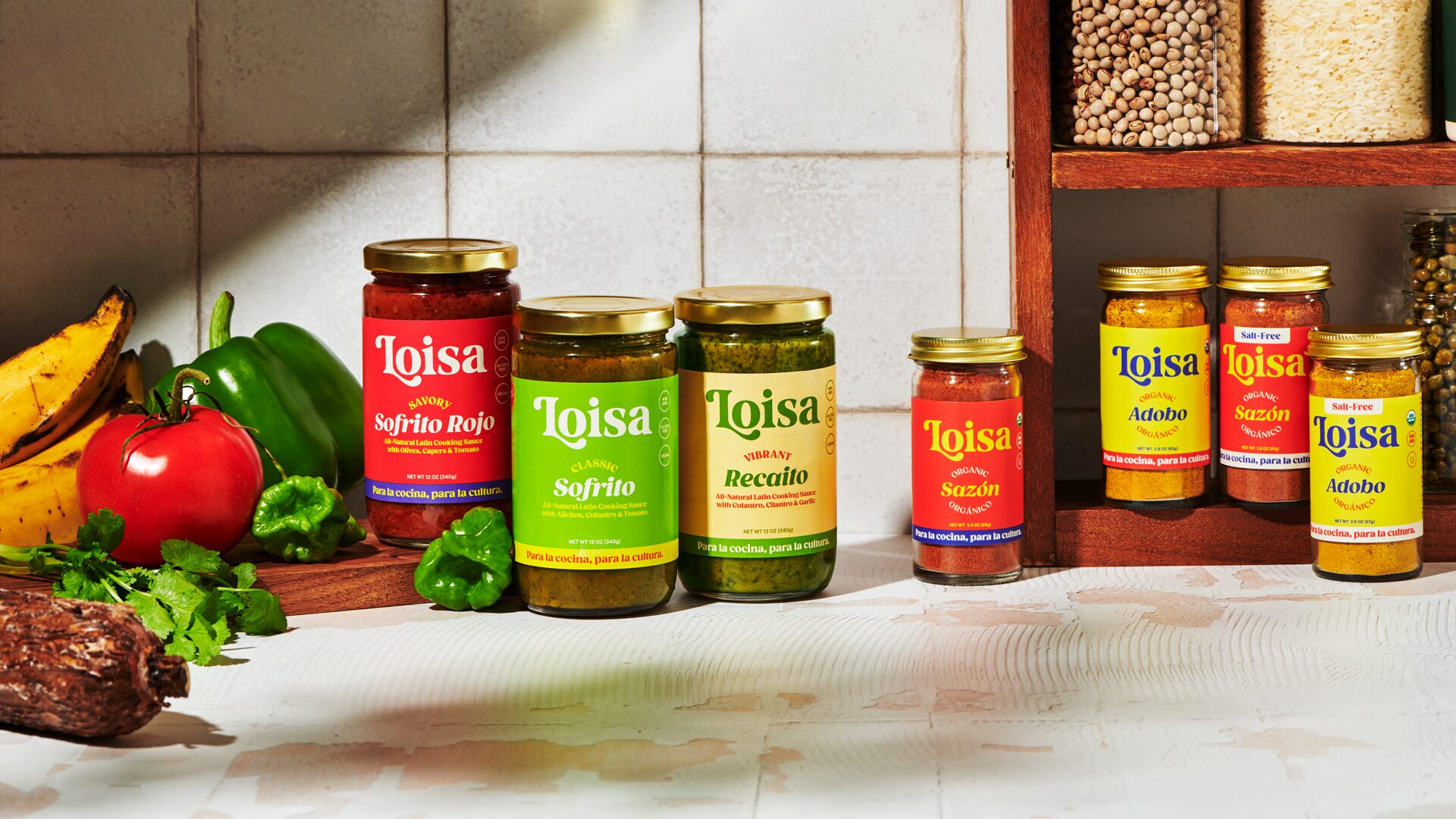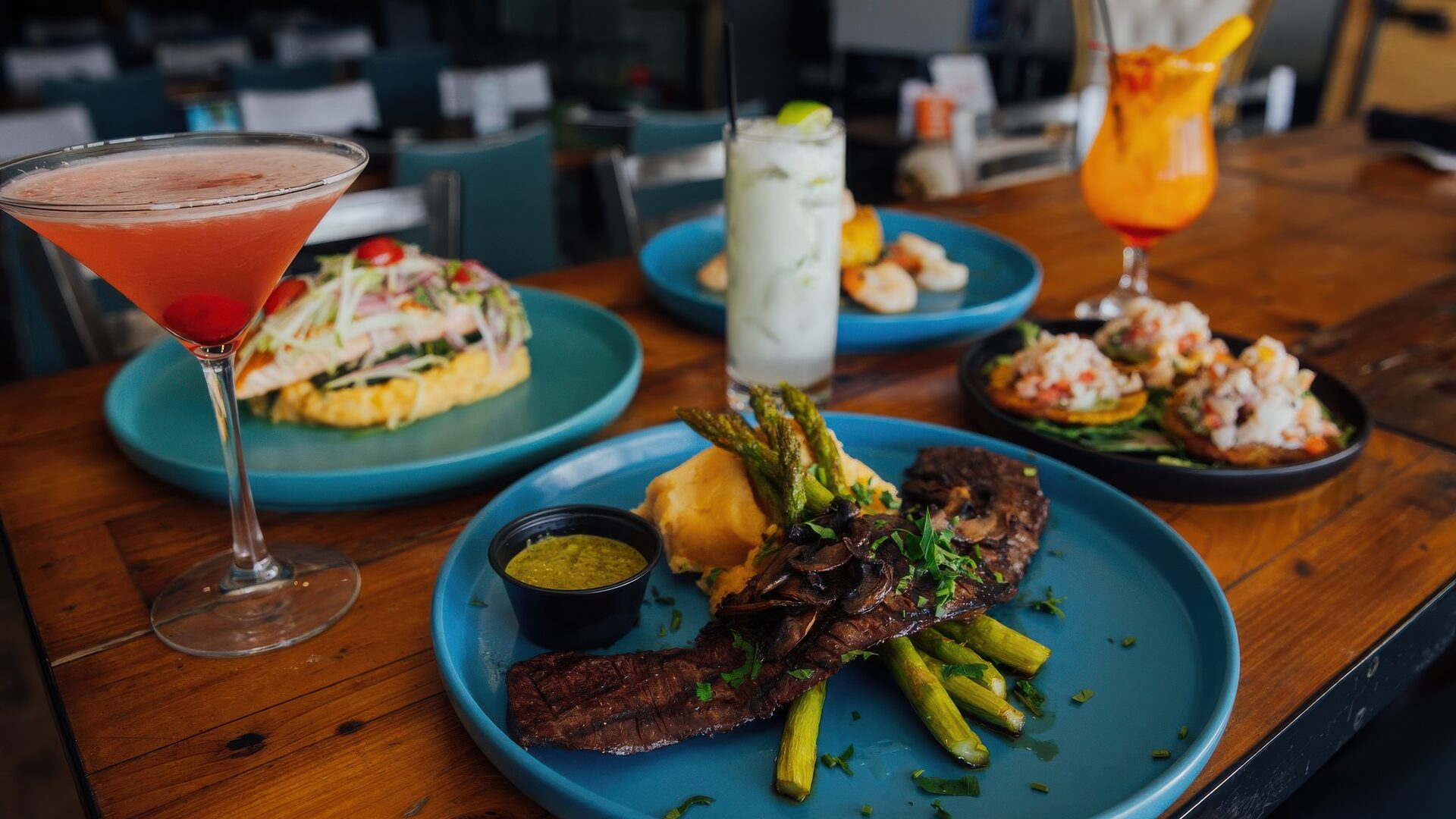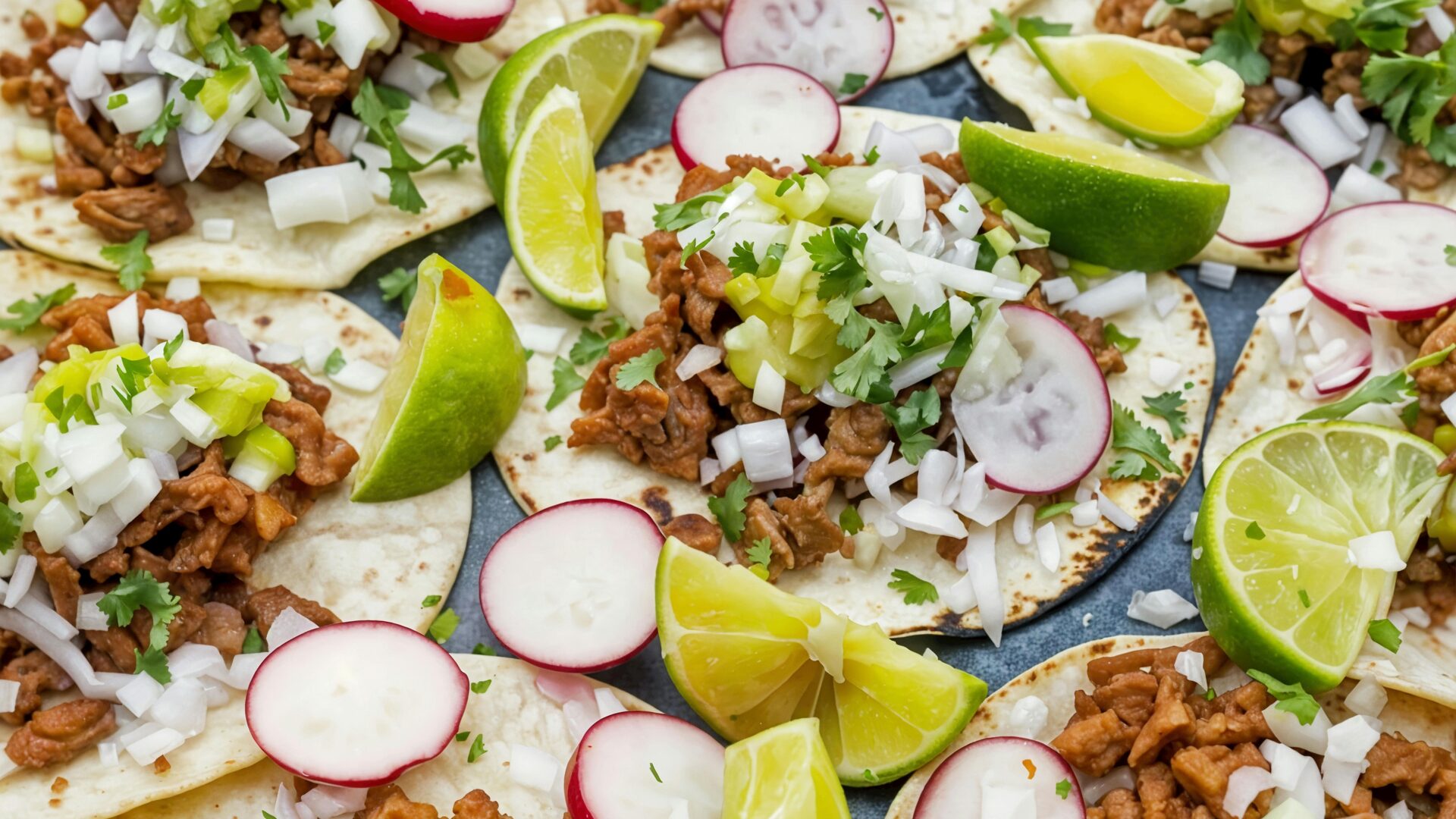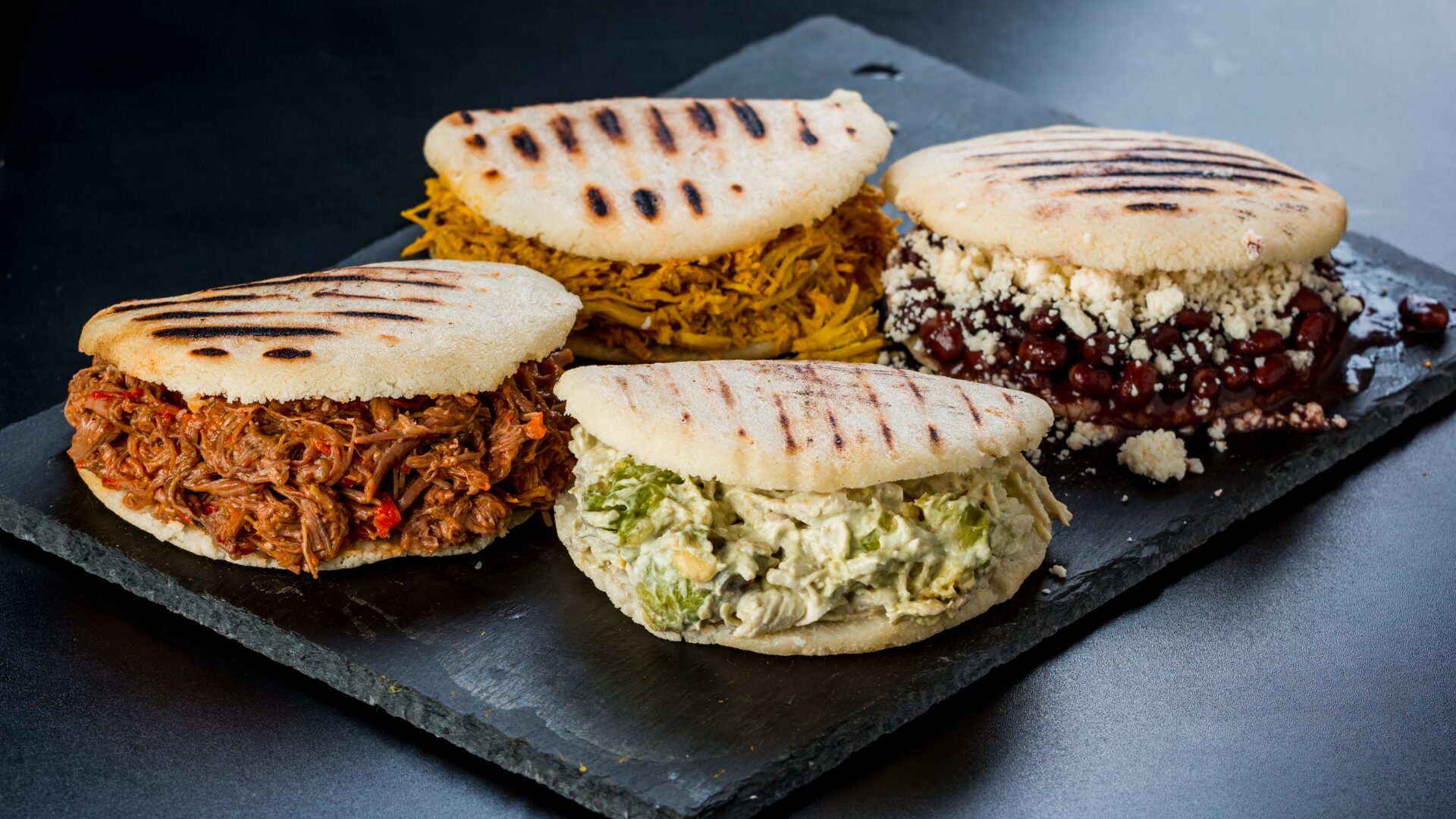Latin America has a large cultural richness which is reflected in its cuisine. Every dish tells a story of the region’s cultural heritage.
Latin American cuisine is characterized by diversity of flavors, textures and colors but also its particular identity. Chefs throughout Latin America are focusing on cooking authentic cuisine as a way of reclaiming the cultural and culinary heritage by using native ingredients, traditional cooking techniques and promoting an inclusive and diverse cuisine.
Chefs play a key role in food activism. Currently, they’re leading movements that promote a sustainable food system, by working with local farmers and producers, thus preserving the natural heritage.
Edible identity in Latin American cuisine
Latin American cuisine plays a significant position in the cultural identity of the region. In recent years, more and more restaurants have been using indigenous ingredients and ancient cooking techniques to highlight the history and traditions of Latin America.
Chefs are rediscovering local ingredients and traditional recipes not only for the flavor and the health benefits, but as a way of reclaiming their roots. Ingredients such as corn, tubers, chilies, beans and others have been part of Latin America´s diet for years, thanks to recipes passed through generations.
The influence of Spanish, Asian and African cultures in the Latin American cuisine has developed a unique fusion and shaped the culinary identity. From México to Argentina, there are hundreds of edible species to explore. As a matter of fact, there are 20,000 to 50,000 edible plants, but only 150 to 200 are regularly eaten by humans, according to the WWF.
However, Latin American cuisine continues to evolve, and today the combination of tradition and innovation is a representation and celebration of a rich cultural culinary heritage.
Restaurants such as Central in Perú, Pujol in México and Gustu in Bolivia are focusing on cooking authentic dishes and also contributing in the research of native species and telling the story of indigenous communities in their region that have preserved the traditional culinary practices.
Celebrating Latin America biodiversity
There’s little doubt that Latin America is considered the most biodiverse region in the world.
According to the United Nations Environment Program, about 60% of the world’s terrestrial life and various marine and river species can be found in Latin America and the Caribbean.
This diversity is familiar for restaurants and cooks that aim to explore new combinations of flavors and discover the health benefits of different species like plants or insects.
For example, cooking with crickets or worms is an ancient practice in some regions in Latin America. They’re an extremely sustainable way for obtaining protein and also provide a special texture to menus.
Additionally, many organizations and companies in the food industry are working together to promote sustainable practices and food security. As a matter of fact, in recent years, Unilever and the WWF have developed different projects in South America, South Africa and other regions around the world to improve the health of the population and the planet.
Food activism
Chefs, researchers, anthropologists, farmers, and consumers are becoming food activists, working to promote sustainable food systems, respect for local producers and the preservation of the culinary heritage in Latin America.
One example of food activism is Slow Food, which was born in Italy, but has spread globally, including Latin America. This movement promotes biodiversity, preserves the traditional culinary practices and supports local agriculture.
Restaurants are becoming communities and movements in their own right, such as Mater in Perú, an initiative created by Virgilo Martínez (Central Restaurant Chef) and his sister, Malena Martínez. Mater seeks to integrate an expandable network that’s based on a deep understanding of food nature, cultures and environment.
Food activism also promotes indigenous traditional culinary practices. Currently, there are indigenous movements promoting their native ingredients and cooking techniques because of their representation of the culture.
Ultimately, Latin America is shaping the world´s culinary culture. Food activists like chefs, indigenous movements, organizations and companies in the food industries are on a mission to innovate, with a responsibility for preserving traditions and making a positive impact on the planet through food.


